
How the Egyptians built the pyramids has fascinated people for centuries. Using no modern machinery, they raised millions of stone blocks into precise, towering forms. Though no single method is confirmed, researchers have uncovered several plausible theories. Here are 10 of the most likely techniques behind their construction.
Ramp Systems
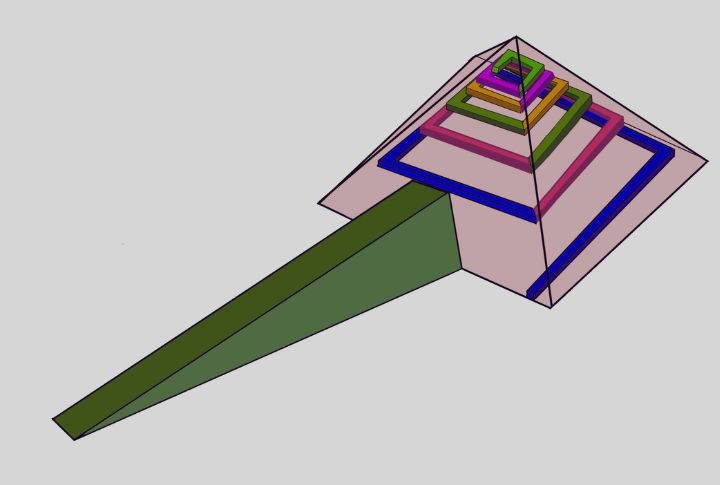
Ramps remain one of the most plausible explanations for how massive stones were raised. Some likely stretched in straight lines, while others curved around the pyramid or zigzagged upward. To move the blocks, workers probably used sleds, pouring water over sand to reduce friction and ease the haul.
Internal Spiral Ramps
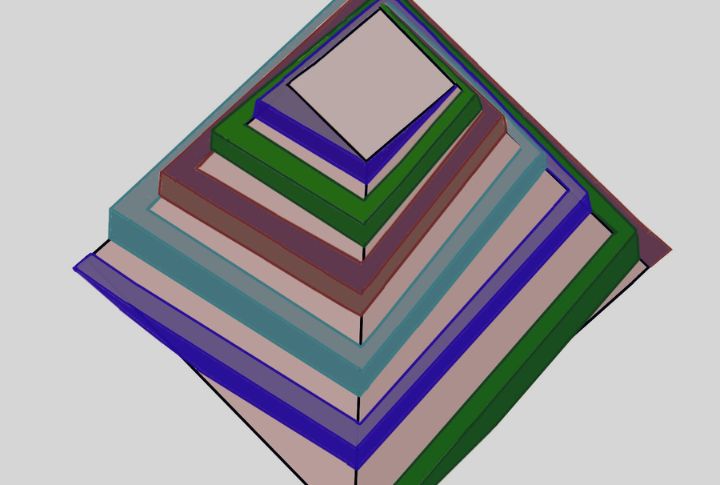
Another theory suggests that spiral ramps were constructed inside the pyramid’s walls. This internal path would have let workers move blocks upward without the need for sprawling external ramps. The design kept construction compact, and some researchers believe traces of these hidden corridors may still lie embedded within the structure.
Solar Alignment And Precise Planning

The pyramids were carefully aligned with the four cardinal directions—north, south, east, and west. Builders may have used the sun’s shadow or stars to guide them. This precise alignment, still visible today, shows how ancient Egyptians blended engineering skill with spiritual beliefs tied to the heavens.
Water Transport And Buoyancy

With the Nile so close, stone blocks were often transported by water. Rafts or boats carried the materials along canals dug specifically for the project. Transporting them this way also reduced overland hauling and brought the stones nearly to the base of the construction site.
Stone Softening Techniques
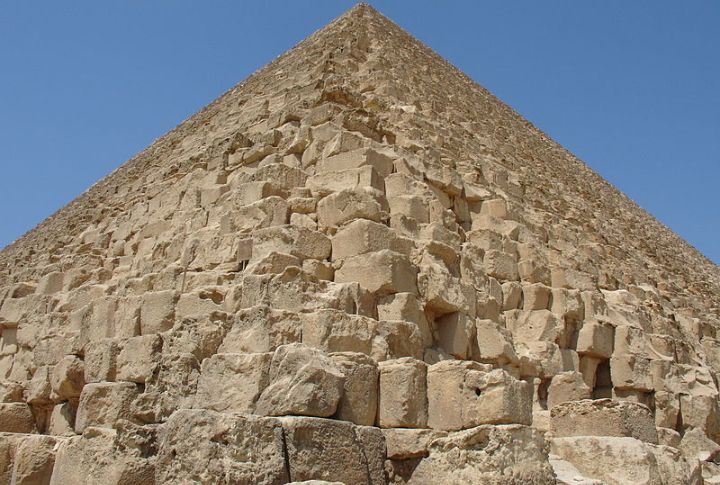
Some theories propose that ancient Egyptians may have used plant-based solutions or natural acids to soften limestone. This would have made it significantly easier to shape and position the massive blocks. The method, if true, would have also reduced reliance on chisels and simplified key stages of the pyramid’s construction.
Tools (Copper Chisels And Dolerite Hammers)

Though limited in materials, Egyptian workers had surprisingly effective tools. They shaped and smoothed limestone blocks with copper chisels and pounded them using hard dolerite stones. The level of precision they achieved speaks not only to their tools but to their patience and skill over years of labor.
Counterweight Systems
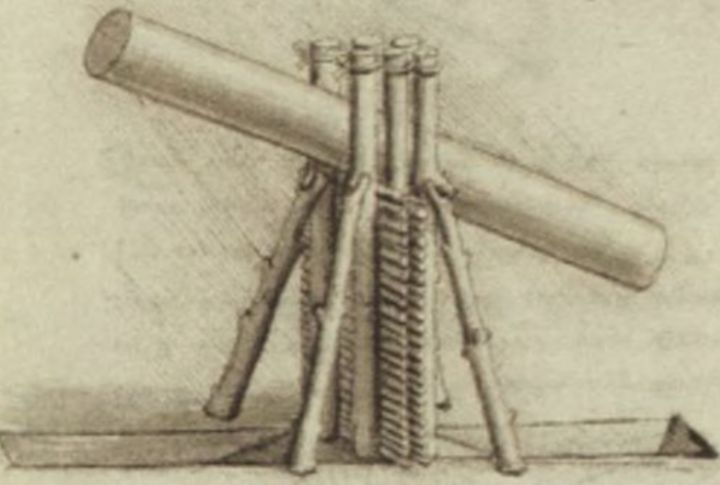
One likely method involved counterweights to raise the enormous blocks. By using weighted beams and ropes, it became possible to lift stones with less brute force and more mechanical advantage. The exact tools are lost to time, but the concept lines up with how modern lifting systems work.
Rollers And Lubricated Tracks

Moving stones across open ground required practical solutions. One method may have involved placing blocks on wooden rollers or sleds. To reduce friction, workers possibly poured water or oil along the route. This theory gets support from ancient wall carvings that show teams hauling heavy sleds across prepared paths.
Casting Limestone Blocks
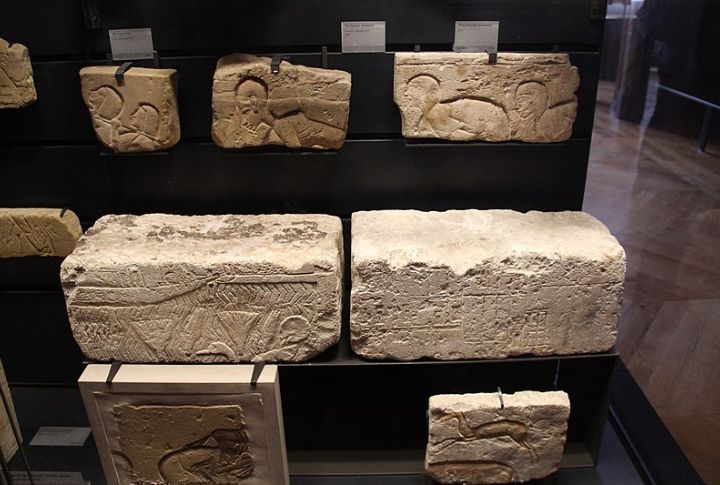
Some scholars argue that not all blocks came from quarries. According to one theory, the Egyptians created a limestone slurry and poured it into molds, forming solid blocks directly on site. Uniform shapes and minimal transport challenges support the idea, as do chemical traces found in some pyramid stones.
Manpower And Precise Organization

Evidence suggests the pyramids were built by trained laborers, not slaves, working in rotating crews with tasks like hauling blocks, carving stones, or managing supplies. Ancient Egyptian hieroglyphs—picture-based writing carved into tombs and monuments—mention team names and duties. This reveals a structured workforce and highly organized planning.

